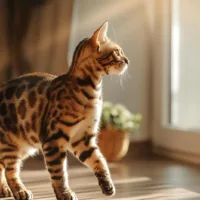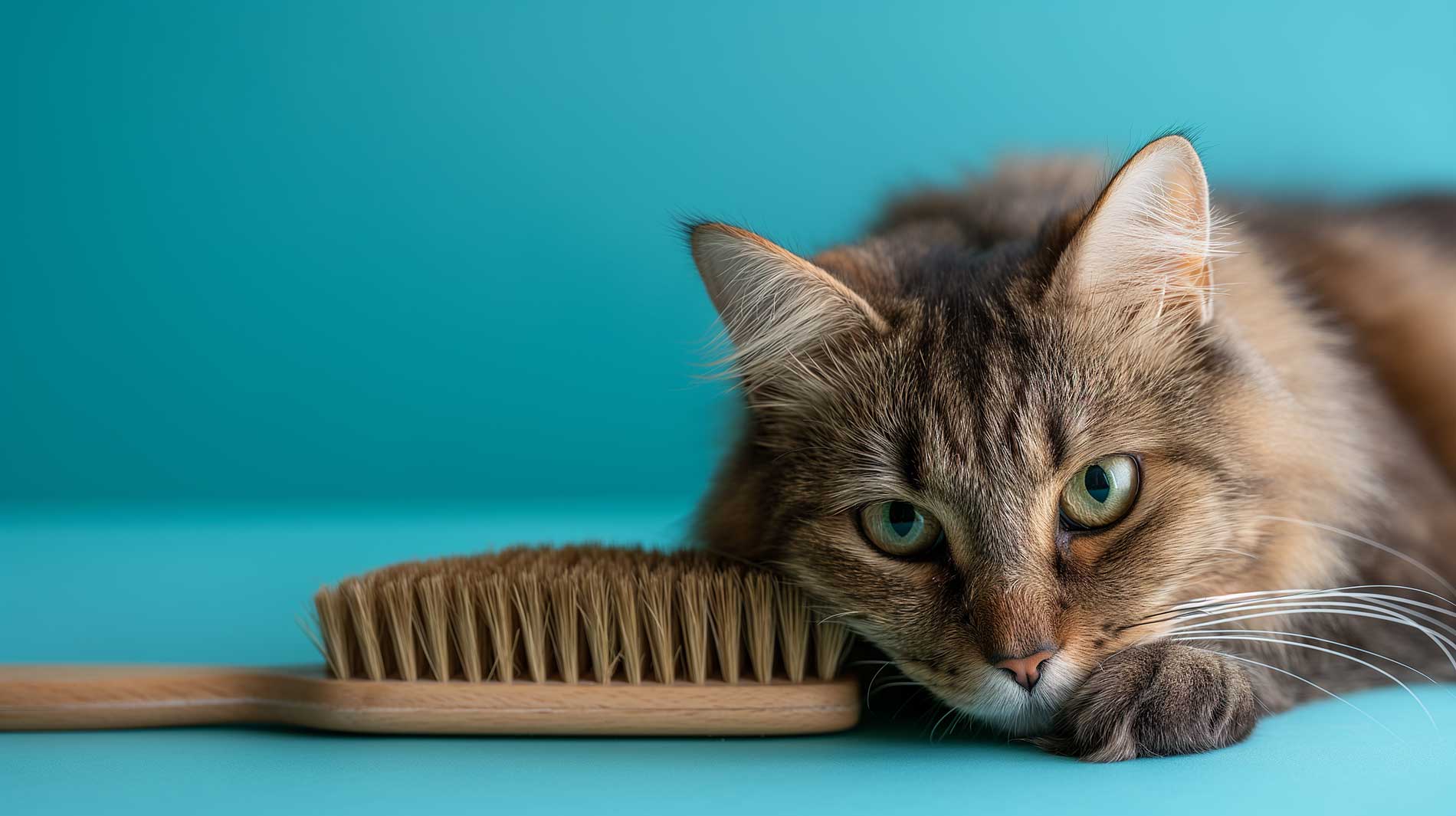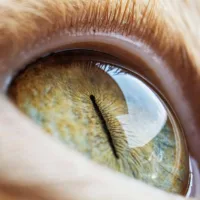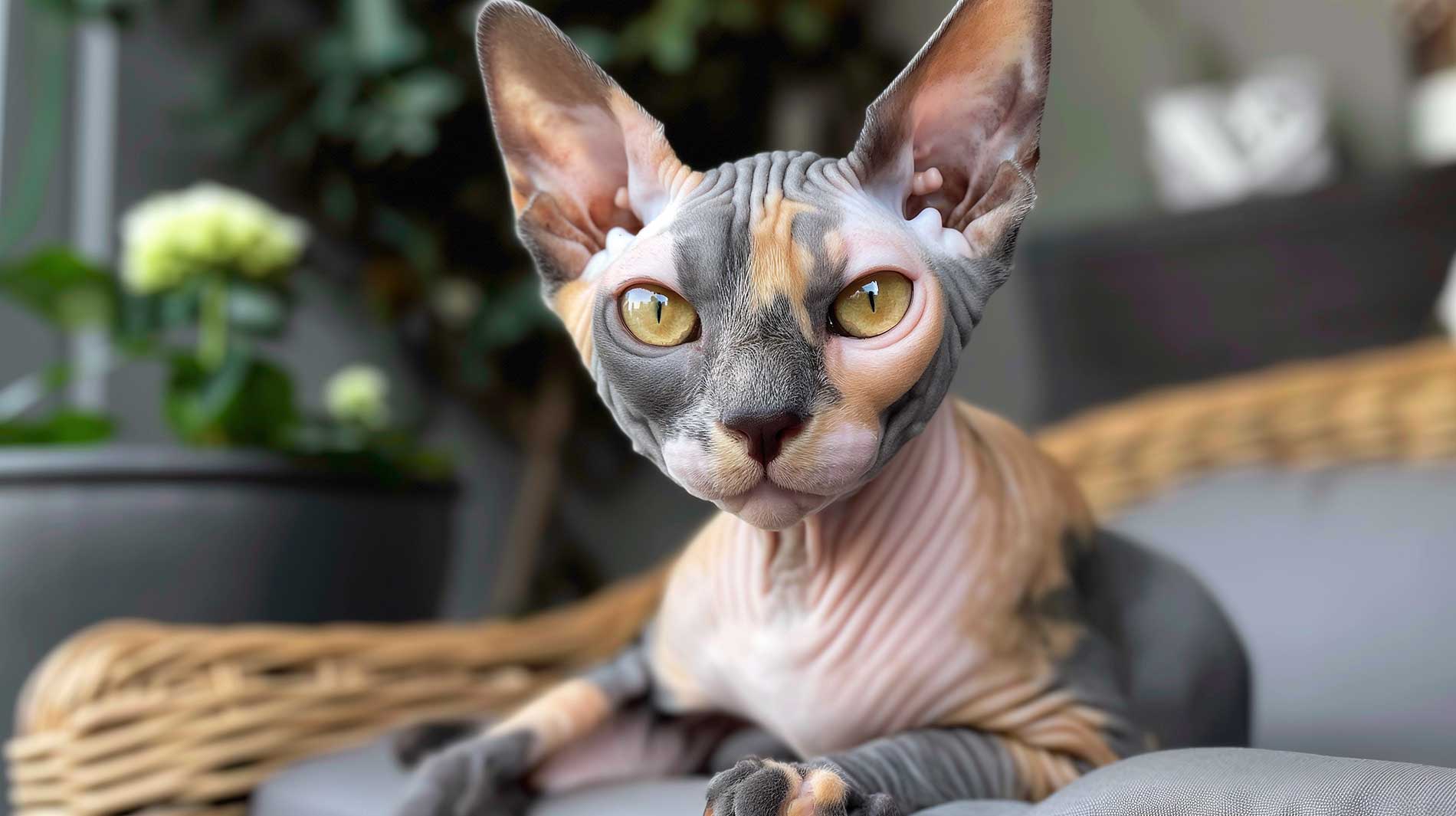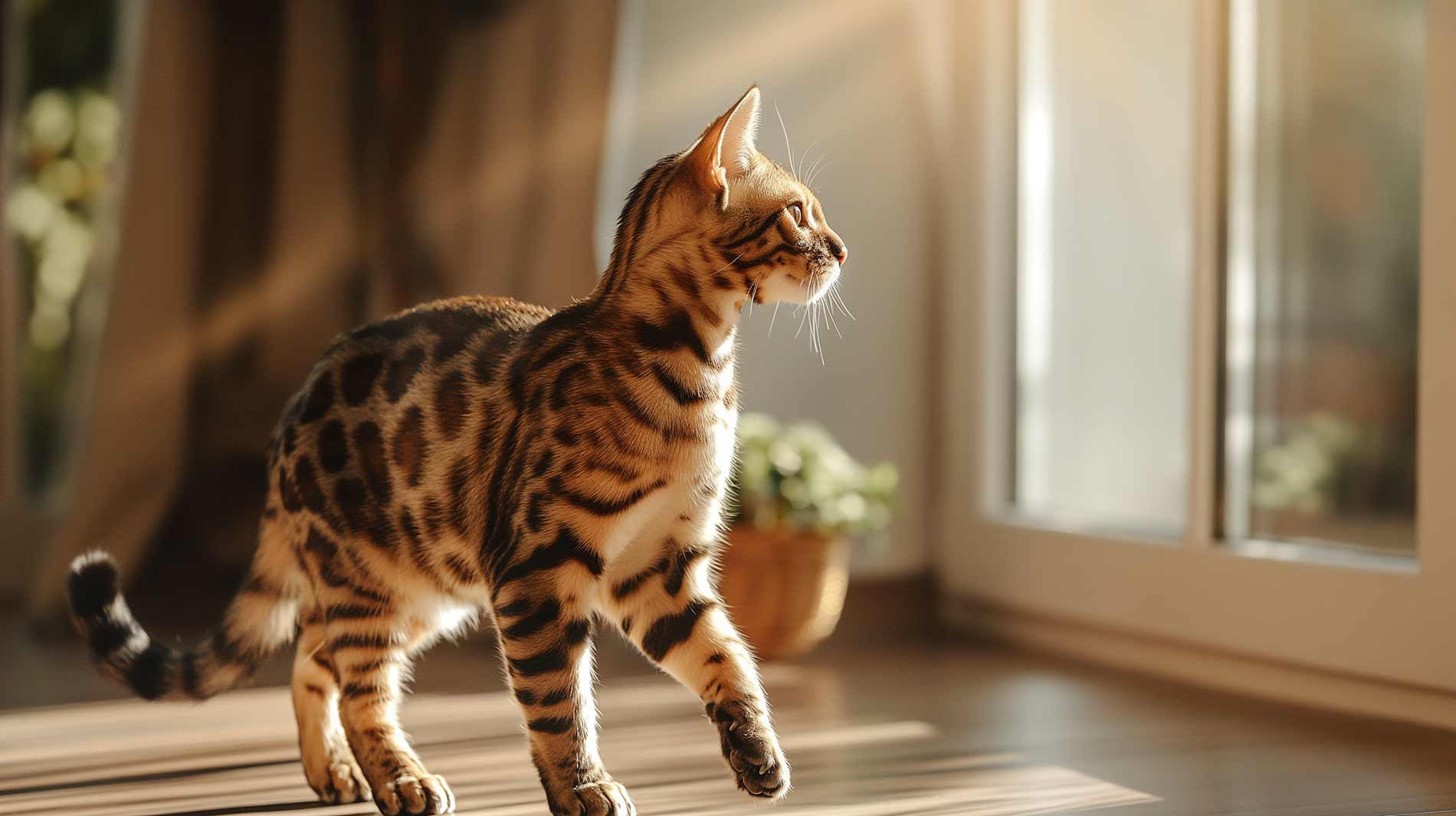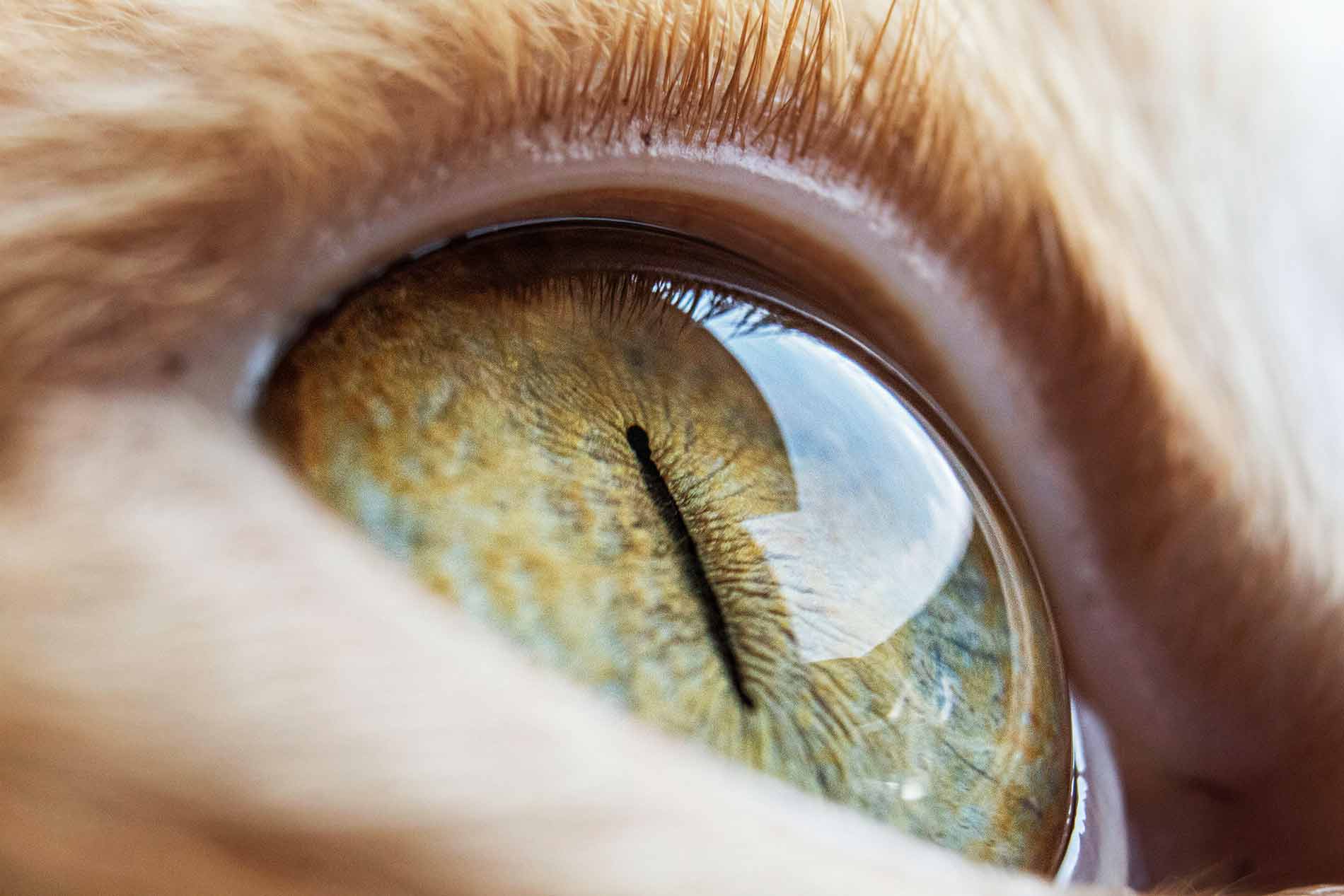Whether you’re a novice in how to brush your cat or you’re looking to refine your technique, we’ve got you covered with insights and tips. Let’s face it, while our cats might opt for a tongue bath to express affection, we humans are better off with a good old brush – it’s less awkward and far more socially acceptable! Plus, it’s a fabulous way to maintain your cat’s coat in tip-top shape, offering all the love without any of the… let’s say, more ‘intimate’ grooming habits of our furry companions.
Understanding your cat’s brushing needs
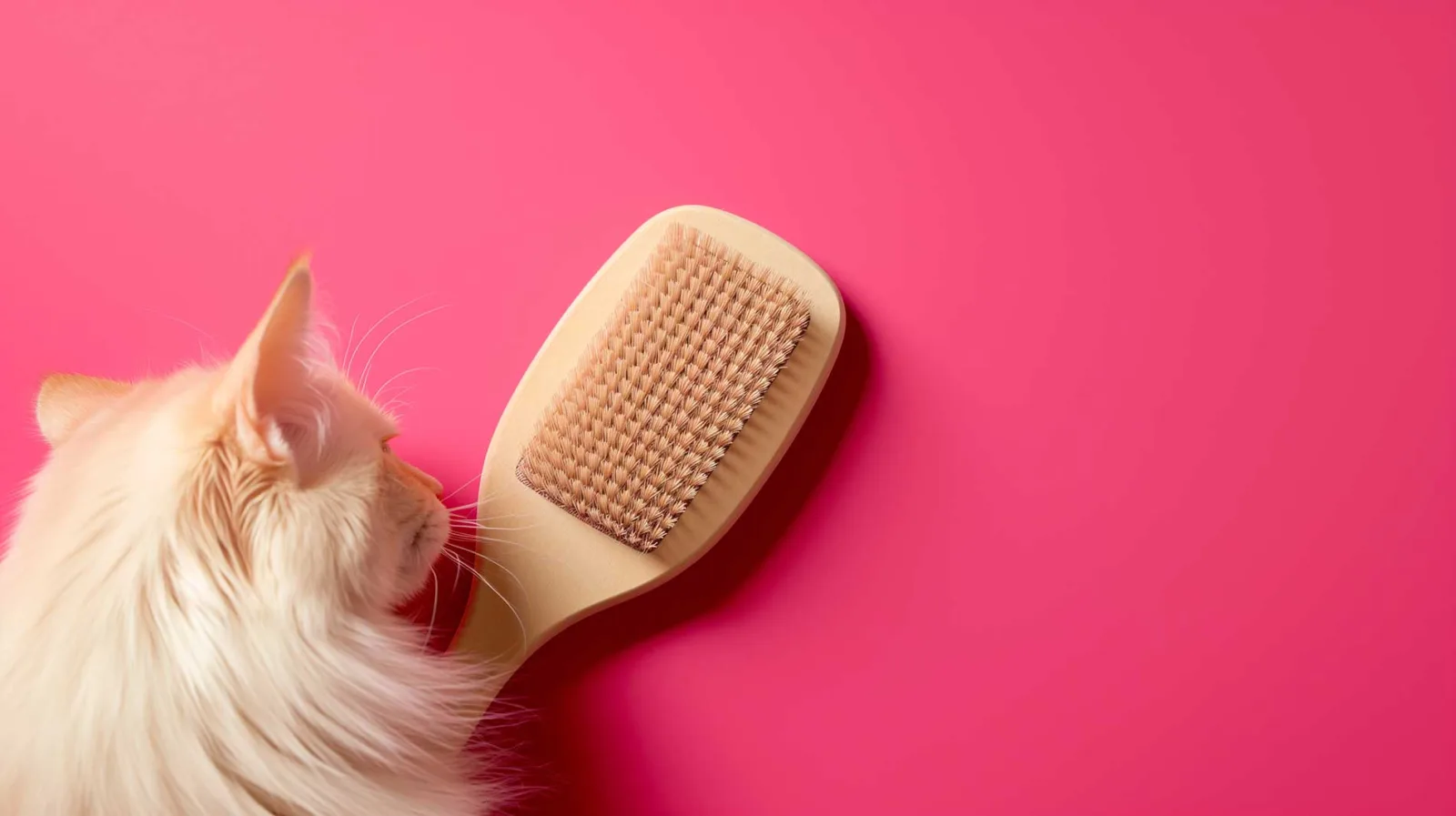
Now, stepping away from our human-versus-cat grooming techniques, we turn our attention to the variety in their world. From the sleek short-haired Siamese to the plush long-haired Persian cat, each type of fur requires a unique approach to brushing. Recognizing and adapting to your cat’s specific fur type is key in ensuring they receive the best care.
Brushing offers various benefits for cats, not only to keep their coat sleek and mat-free but also to stimulate skin circulation and reduce hairballs. But how do you know if you’re doing it right? A well-brushed cat is the picture of feline contentment and health. You’re looking for smooth, shiny fur, free of tangles, and a cat that revels in the comfort of grooming. As your cat grows older, her reduced mobility may hinder her ability to groom effectively, especially in hard-to-reach areas. Helping her with regular brushing becomes increasingly important to keep her coat well-maintained and healthy.
Choosing the right tools
Selecting the right brush for your cat ensures her comfort and health during grooming sessions. Let’s explore the best tools for the task!
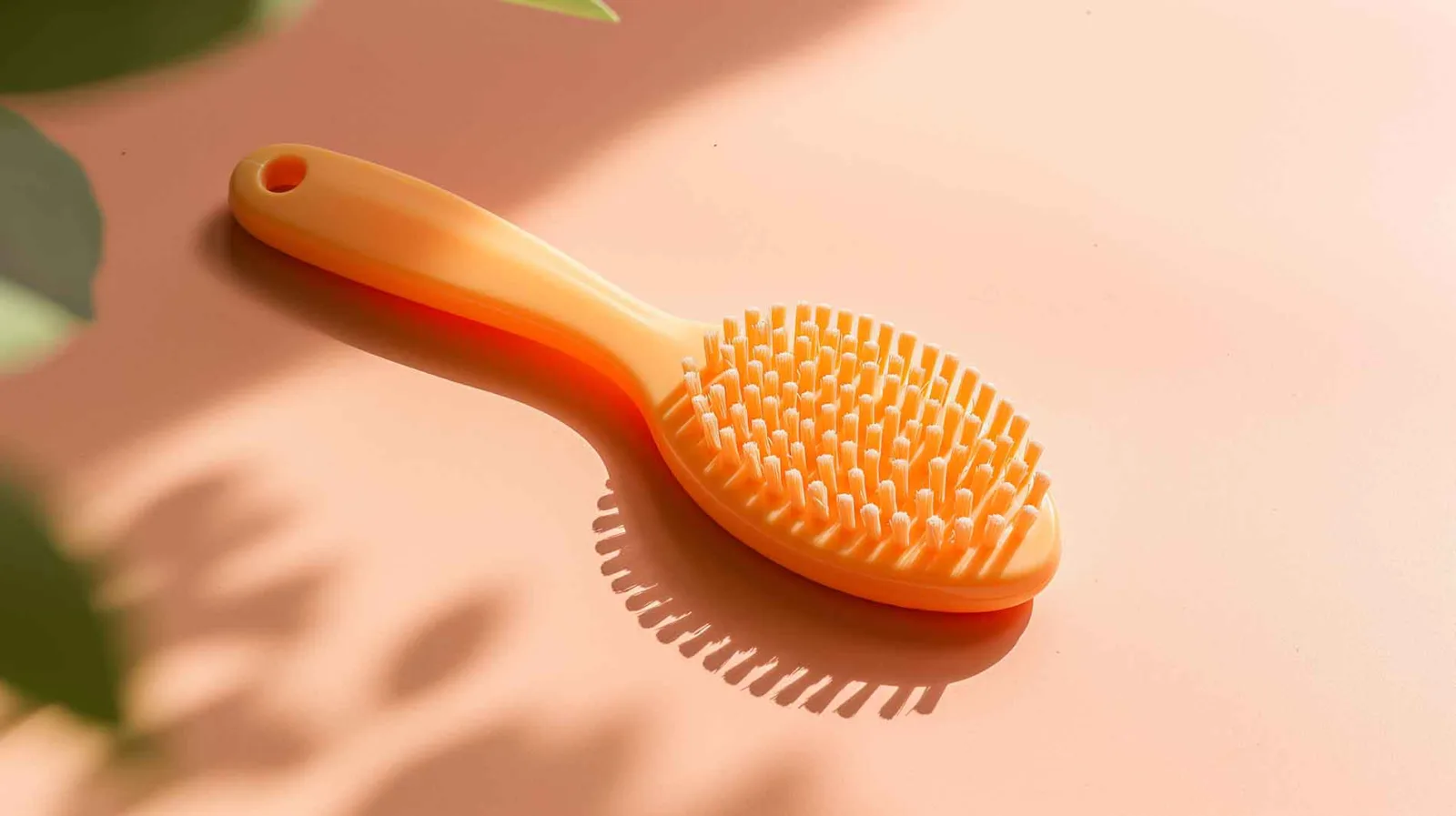
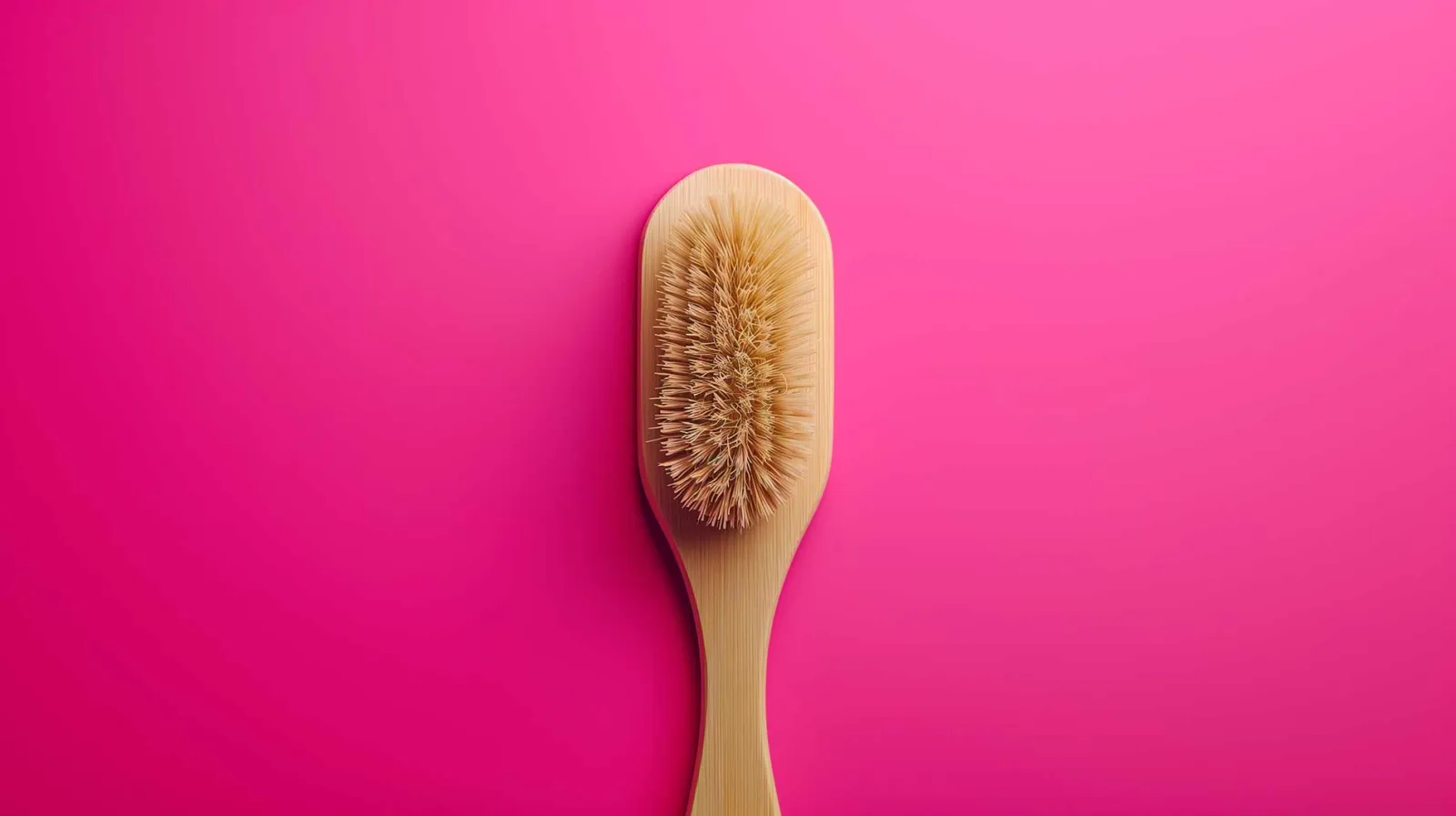
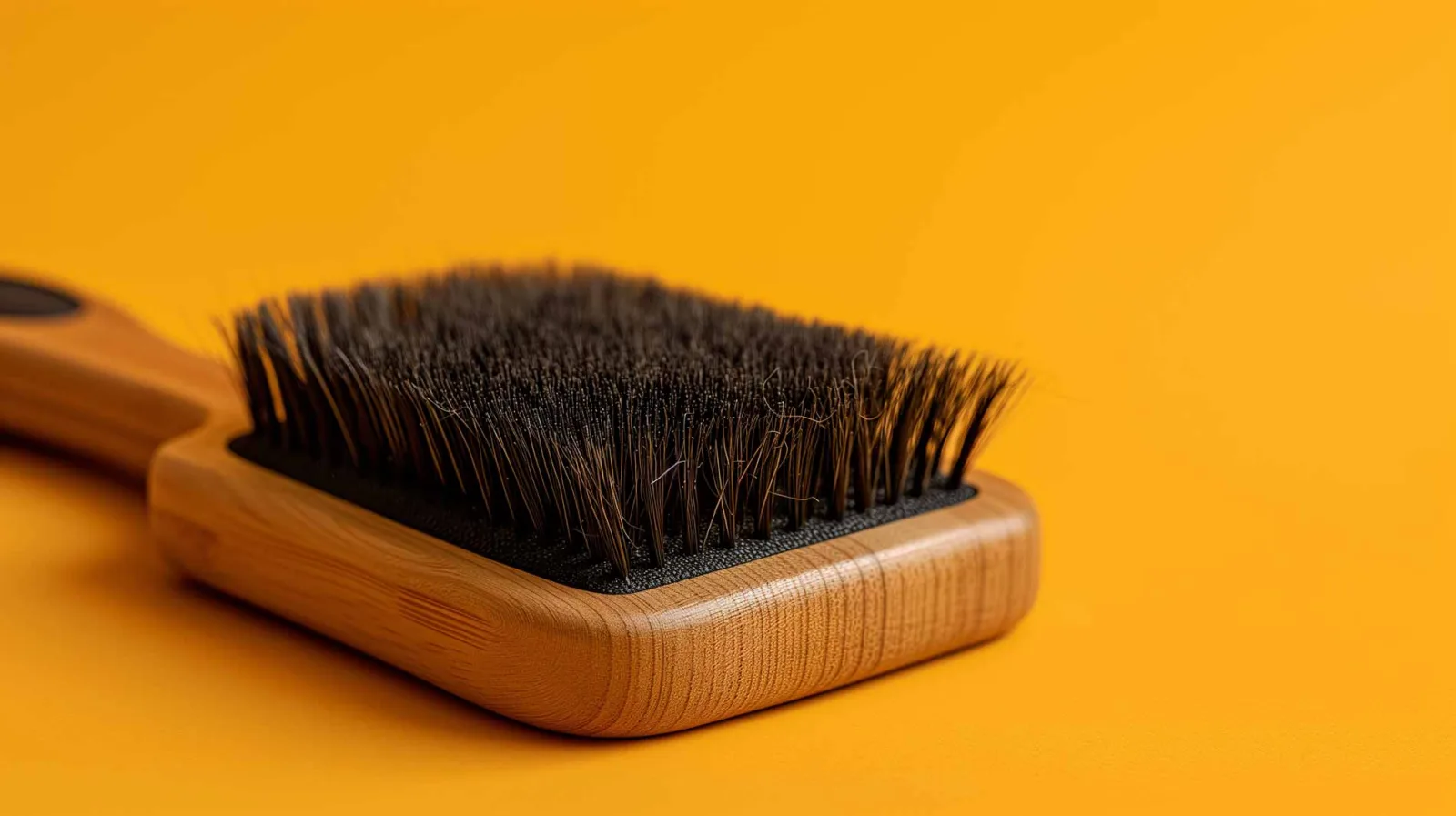
Soft brushes
Soft brushes are a perfect choice for cats with sensitive skin or short hair. They are designed to be gentle, ensuring that grooming is a comfortable experience for them. You’ll find a variety of models in the market, some with bristles on one side, while others feature bristles on both sides. This dual-sided design often includes one side with softer bristles and the other with firmer bristles, often made from stainless steel for tackling tougher mats or for a more thorough grooming session. Such versatility makes soft brushes an essential tool in your cat grooming kit.
Metal brushes
Metal brushes come in a couple of distinct types, each serving a different purpose in your cat’s grooming routine. The wire-slicker brush, with its fine, densely packed bristles, is gentle on the skin despite its appearance. It’s perfect for medium or long coats, adept at removing loose hair and smoothing out the fur without irritating her delicate skin.
Then there’s the single-row wire shearing brush, which might look quite simple but is highly effective. Its thicker metal bristles work as shears and its rounded tips to prevent any accidents, making it safe for your cat’s grooming session. This type is excellent for cutting through knots and removing excess fur. When using it, remember to be as gentle as possible to avoid tugging on her fur, ensuring a comfortable experience for your kitty cat.
Similarly, specialized de-shedding tools like the FURminator® are popular choices for efficiently removing the undercoat and loose hair from your cat’s coat. These tools are designed with a fine-toothed edge that reaches through the topcoat to gently remove the undercoat and loose fur without cutting the skin or damaging the topcoat. When choosing a de-shedding tool like this, it’s important to pick one that matches your cat’s size and coat length. The right fit ensures a comfortable grooming session and effective fur removal.
Silicone and rubber brushes
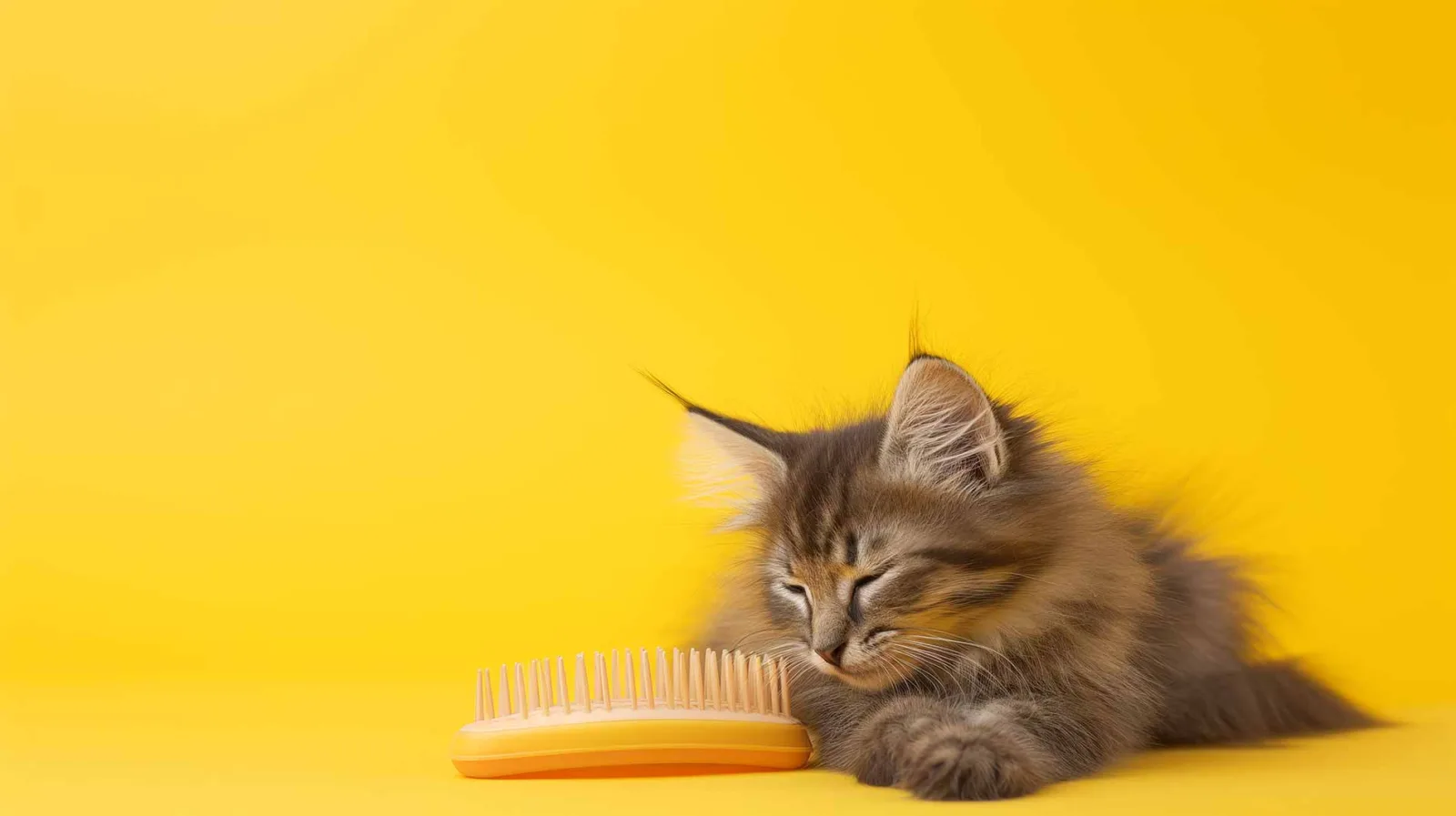
Silicone and rubber brushes offer a soft and flexible alternative that’s gentle on your cat’s skin and effective at removing loose fur. Their pliable bristles massage the skin while collecting hair, which can then be easily peeled away from the brush, making cleanup a breeze. For cats that are not fond of traditional brushes, a mitt brush might be the solution. This glove-like brush allows you to pet your cat while removing loose fur, which can make the grooming process more enjoyable for your cat.
Insider tip: consider silicone finger toothbrushes – they’re not just for dental hygiene! These little gadgets can be repurposed for a delightful chin massage, providing a soothing experience for your cat while also strengthening your bond. These nifty toothbrushes can also be used for a very gentle(!) massage under the eyes to help reduce tear stains.
The brushing process
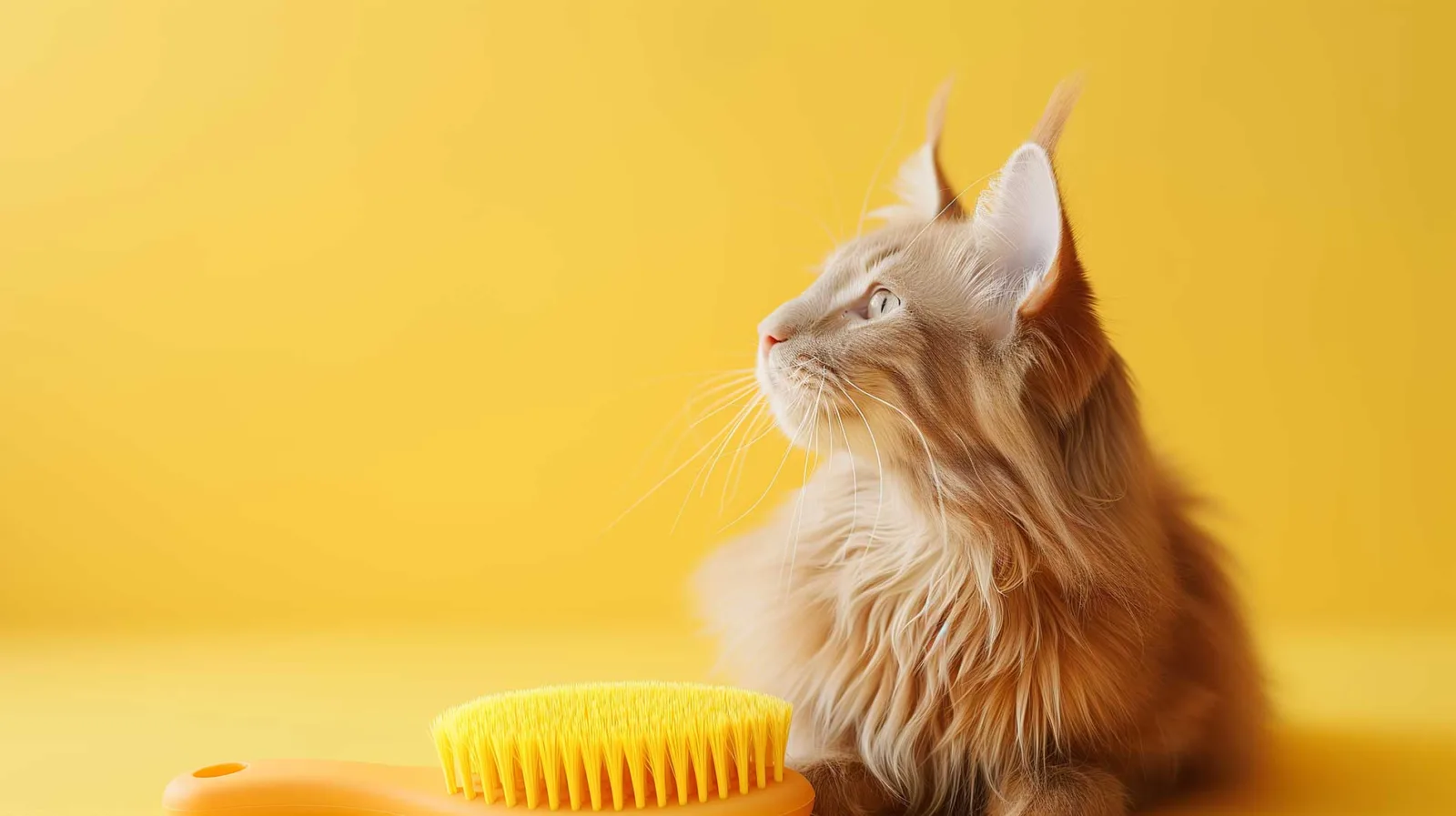
A successful brushing session with your cat is not just about what you do, but also about when and where you do it. Here’s a step-by-step guide to ensure that the experience is positive and stress-free for both of you.
Preparing for brushing – a calm environment
Before you even pick up a brush, create a serene space where your cat feels safe and relaxed. Choose a quiet time of day when she is most at ease, perhaps after a meal or a playful session. Make sure the lighting is soft and the area is familiar to her – this will set the stage for a peaceful grooming experience for both of you.
Monitoring your cat’s energy levels
Understanding her energy levels can help determine the best times for brushing. Observe her tail movement; a relaxed tail usually means she’s calm and may be more receptive to brushing.
Techniques for different brushes
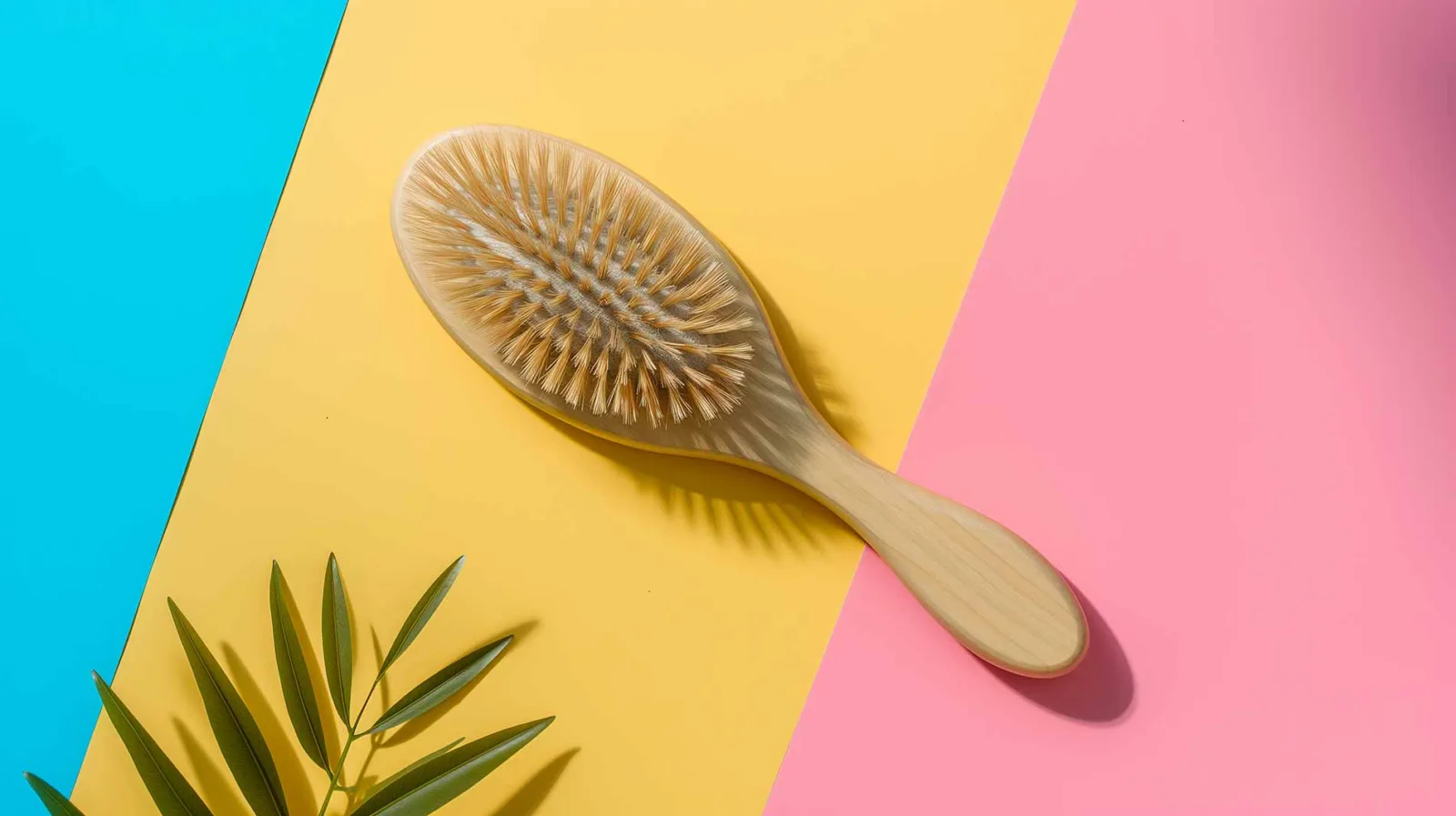
Each type of brush requires its own technique. When using any brush, ensure to follow the natural direction of your cat’s fur growth, and always be gentle to prevent causing any discomfort or irritation. The goal is to detangle and remove loose hair without irritating the skin. When it comes to de-shedding tools, apply minimal pressure to avoid discomfort. Remember, the brush should do the work, not your force. Regular brushing can be a weekly routine for short-haired cats, but long-haired cats may benefit from more frequent sessions, especially during shedding seasons.
Brushing different areas (back, underbelly, tail)
- Start at the neck: Begin brushing next to her head and neck area. Cats usually find this spot comforting and it’s a good place to help her get used to the brushing.
- Back and sides: Once she’s relaxed with the brushing at the neck, gradually move down to her back and sides. These areas are less sensitive and allow her to ease into the process.
- Legs: Carefully brush her legs, being cautious around the more sensitive areas where there is less fur. Many cats are sensitive about their legs and paws, so watch her reactions.
- Underbelly: Approach her underbelly carefully, as this area can be tricky for some cats. Ensure to be extra gentle to avoid startling her.
- Tail: Finish by brushing her tail, paying special attention to being gentle around the sensitive base. Be observant of her reactions to make sure she’s comfortable.
- Observe and adapt: Throughout the brushing session, keep an eye on her behavior and reactions. Adjust your technique as needed to maintain her comfort and relaxation.
Recognizing your cat’s responses when brushing
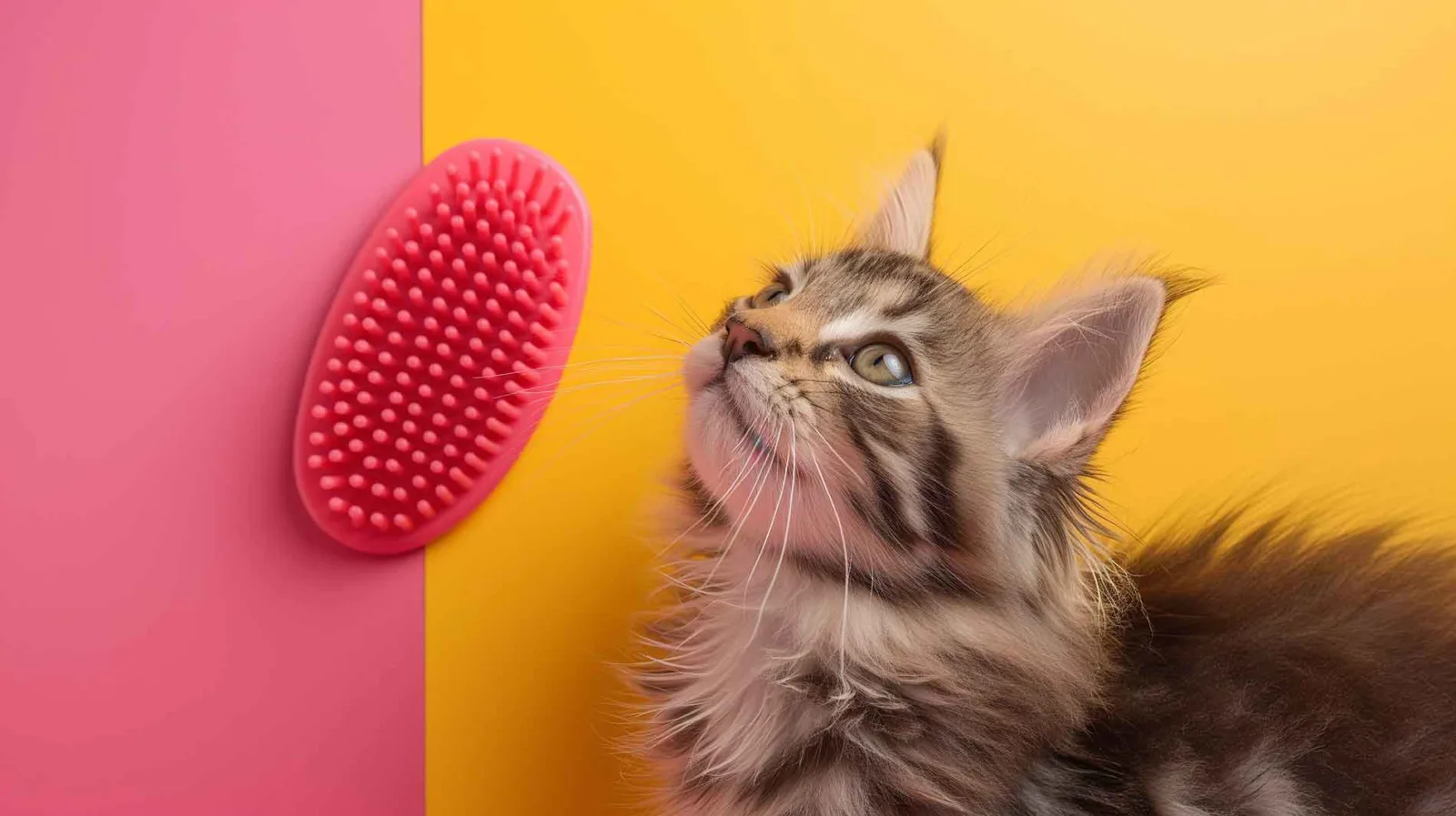
Understanding your cat’s reactions during brushing is crucial for a positive grooming experience. Let’s look at how you can interpret her responses and adjust your technique accordingly.
Positive signs
- Closing eyes slowly: A cat that closes her eyes slowly while being brushed is showing trust and pleasure.
- Purring: This is an indication that she’s enjoying the brushing session. Purring often means your cat is relaxed and content.
- Leaning into the brush: If she leans into the brush or rubs against it, it’s a sign that she likes the pressure and the area you are brushing.
Negative signs
- Tail flicking: A flicking tail is a sign of irritation. If her tail starts to flick rapidly, it’s time to reassess your technique or give her a break.
- Hissing or growling: These are unmistakable signs of displeasure. If she hisses or growls, it’s best to stop brushing immediately.
- Swatting at the brush: This indicates that she’s irritated or not enjoying the brushing. It might be the area you are brushing or the way you are doing it. She may also be in a playful mood.
Playtime and brushing – setting boundaries
It’s important to distinguish between playtime and brushing time. Brushes should not be used as toys, as this can confuse your cat and make brushing sessions more challenging. Establish brushing as a calm and separate activity.
The importance of not over-brushing
Over-brushing your cat can have adverse effects on her skin and fur health. It can, for example, lead to irritation, especially with stiffer bristles or de-shedding brushes. This can strip away natural oils from her coat, leaving it dry and brittle. It’s crucial to recognize the signs of over-brushing and balance your process with her natural fur maintenance. Brushing should complement your cat’s natural grooming habits, not replace them.
Warning signs of over-brushing
- Skin Irritation: Redness, inflammation, or flakiness on your cat’s skin can be indicators of over-brushing.
- Hair Loss: If you notice excessive hair loss or bald patches, this could be a sign that you’re brushing too much.
Post-brushing rewards and affection
Reward your cat after a brushing session with treats or affection. This helps build positive associations with brushing and can be a great bonding experience.
To brush your cat just remember you need to find the right brush for your cat, depending on how matted her coat gets usually. This way you can maintain her appearance as well as an even stronger bond with your furry friend. If you have any grooming experiences you can share them with fellow cat lovers in the comments.

